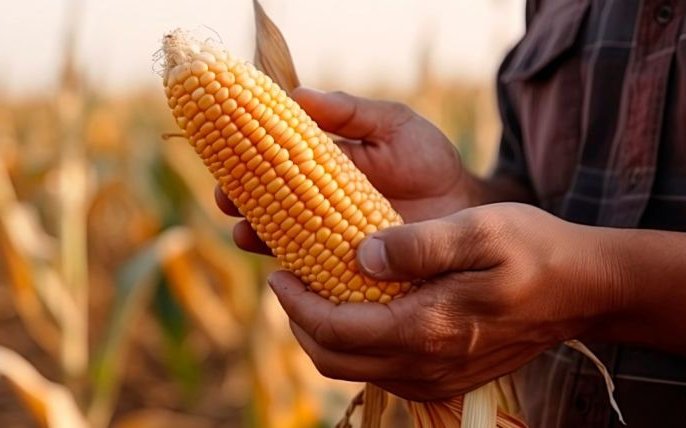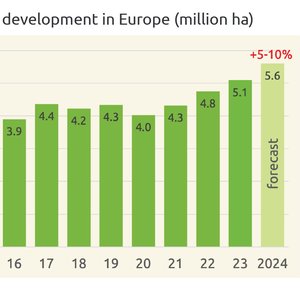This year, U.S. farmers and producers have experienced droughts, high rainfall, and other weather events affecting the corn harvest, making it more critical than ever to analyze mycotoxin risks across the nation.
The Alltech 2023 U.S. Harvest Analysis has collected and assessed almost 450 new-crop samples from across the U.S., and the results show regional variation in mycotoxin risk. Samples showed lower risk in the upper Midwest and higher risk in the East. A combination of drought and untimely rains led to much of the risk.
The corn silage and corn grain crops for the U.S. in 2023 have been a “moving target” for mycotoxin risk, according to Max Hawkins, technical support manager with Alltech’s mycotoxin management team.
“Drought in the Southwest and the Western Corn Belt created distinct fumonisin risks in this region, while further eastward, late-season rainfall created ideal conditions for fusarium toxins such as type B trichothecenes to flourish,” Hawkins said.
Hawkins recommends routine monitoring of these ingredients during storage, noting, “ingredients will rarely be in better condition than when they are harvested.’’
Key insights from the Alltech 2023 U.S. Harvest Analysis include:
- Dry conditions in the West created more fumonisin risk, while the later, rain-affected harvest in the East resulted in higher levels of deoxynivalenol (DON).
- In general, the mycotoxin challenge in corn grain and corn silage is lower in 2023 than in recent years. However, there are still pockets of higher risk in the Midwest and the South.
- A surprisingly high risk of aflatoxin B1 was identified in Iowa this year. Another surprising find was Penicillium present in grains since they are typically a concern in forages.
- A good amount of corn went into storage at 14% moisture this year. It will be crucial to monitor corn coming out of storage, as it may be at higher risk now than when it was first stored.
To access the complete report, as well as a series of videos that provide further species-specific insights, visit Alltech 2023 U.S. Harvest Analysis.










